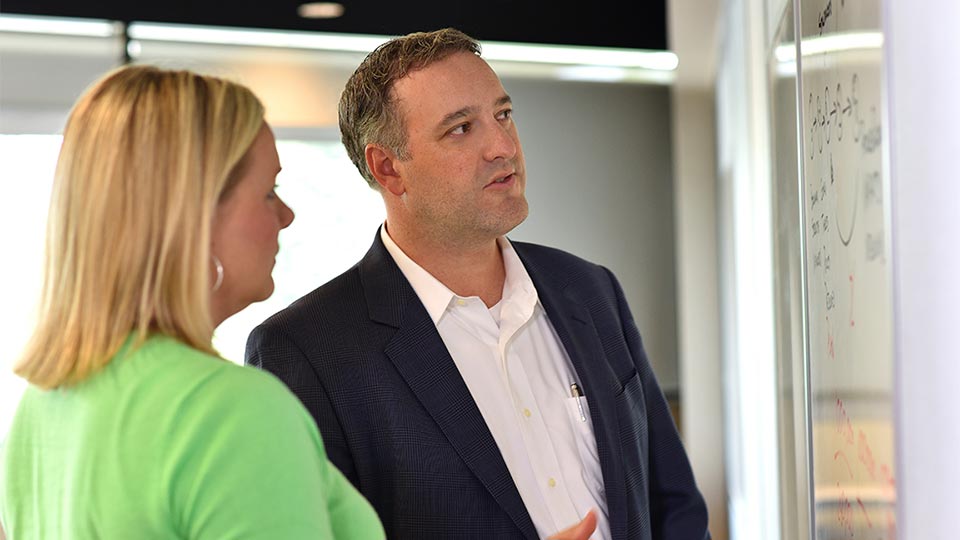Becoming a true Certified Professional Ergonomist (CPE) is no small feat. It’s not like you “majored in ergonomics in college,” or “had a job doing ergonomics one summer.” It takes years of school, practice and devotion to become a CPE. But those who have that devotion enter a fulfilling career that helps organizations build cultures of continuous improvement for employee health and productivity.
Requirements to Become a Certified Professional Ergonomist
In order to become a CPE, you need to have obtained a Bachelors degree; apply for and recieve your Associate Safety Professional certification from the Board of Certified Professional Ergonomists; complete 3 years’ worth of work in the field of ergonomics; prepare and present work samples from time in the field to the BCPE board; study for 3 months and take a 3-hour exam.
After passing the exam, you are a certified professional ergonomist. To maintain their certification, CPEs must submit their Continuance of Certification requirement to the BCPE board every five years.
This involves a completing a worksheet documenting their professional activities in at least 2 of 5 areas (amounting to a minimum of 100 points) over 5 years – working as a certified ergonomist; receiving or providing ergonomics-related training; providing ergonomics-related services to societies, committees or standards development activities; publishing ergonomics-related articles, papers or internal/external company reports; attending or participating in ergonomics-related professional conferences/meetings.
Why is it so important to be a Certified Professional Ergonomist?
Gaining CPE status demonstrates that the individual has undergone rigorous training, acquired necessary knowledge, and demonstrated proficiency in applying ergonomics principles to various work environments. It signifies a commitment to upholding high standards and best practices in ergonomics, contributing to the advancement of the field.
But being a certified professional ergonomist is not just about a title or a credential; it’s about improving people’s lives by ensuring the workplace is designed to fit the worker.
Keeping people safe from MSDs through implementing good ergonomics isn’t just the job of a CPE, it’s their vocation.
